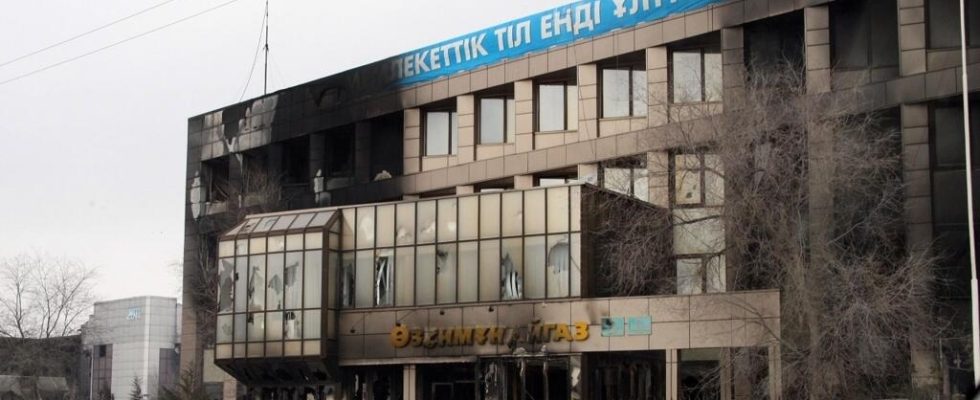In Kazakhstan, workers in the oil sector went on strike this week, notably in Janaozen, in the west. A movement which worried the power, which reacted rather by arrests than by negotiations, and this while the inhabitants of the Kazakh oil west have marked the recent social and political history of the country, as when the ‘Bloody January’ was called the start of 2022. Lighting.
from our regional correspondent,
At the origin and at the heart of the strike, more than 200 employees of an oil service company, Berali Mangistau, subcontractor for the local public company Ozenmounaigas, which operates a deposit in the heart of the Kazakh steppe. These employees, drivers, crane operators, technicians were told that their company would not see its contract renewed, another service company having won the tender with Ozenmounaigas. In other words, they find themselves unemployed overnight.
Although this strike was modest, the nervous power was felt. Why this nervousness?
There are historical reasons, one would say. But more immediately, I believe it is due to three factors. The first is that despite the riches of the Kazakh subsoil, the population remains relatively poor. The average salary in Kazakhstan is around 700 euros per month, but with many inequalities. The second factor is that it goes all the worse as the oil sector is notoriously corrupt in Kazakhstan, which creates a feeling of injustice. And the third factor is that we think, in the west of the country, where almost all the deposits are, that the region does not benefit equitably from the riches of its subsoil.
What are these “historical” reasons for the nervousness of power in Kazakhstan?
Janaozen, a city of 80,000 inhabitants lost in the heart of the Kazakh desert, has an astonishing story of social and political revolts over three decades. In 2011 in particular, this small town, with its deposit which is not among the largest in Kazakhstan, was at the heart of social tensions in the country. Each time, the question of wages arises and, basically, that of sharing Kazakhstan’s oil windfall.
It began in 1989 with deadly ethnic clashes between executives from the local oil field, who turned out to be Caucasians, and nieftianikioil workers, who were Kazakhs. This continues in 2011, when wage issues and high inflation led to a seven-month strike by employees of the public company Ozenmounaigas. On December 16 of that year, the power chose to disperse the movement by force. The toll is heavy: 16 dead, and perhaps more in reality.
Ten years later, despite this massacre, it is still from Janaozen that the major demonstrations of January 2022. This will lead to protests across the country, five times the size of France, and ultimately to profound national political change. This time it was to challenge the drastic increase of a fuel. We understand why the government did not take last week’s strike lightly.
